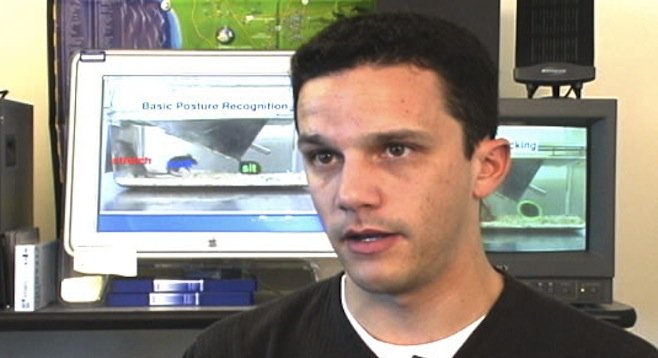 Facebook
Facebook
 X
X
 Instagram
Instagram
 TikTok
TikTok
 Youtube
Youtube

Computer-science researchers at UC San Diego have announced progress in developing an algorithm that can be used to classify someone as a member of an "urban tribe" — such as a surfer, hipster, goth, or country-music aficionado — based solely on an analysis of your photograph.
While humans generally have no problem quickly developing stereotypes about others solely based upon appearance, UCSD researchers led by Serge Belongie — a computer-science professor at the Jacobs School of Engineering — believe that developing computer technology to allow machines to make the same distinctions could be of value in custom-tailoring online advertising based on a user's social-networking profile or by public-surveillance cameras seeking to identify groups gathering, as opposed to current technology that scans for individual identities.
Right now the technology is still spotty — it has a 48 percent chance of correctly categorizing an individual in their proper "tribe" using points of reference such as hairstyle and color, clothing, jewelry, and visible tattoos. While it's better than a success rate of 9 percent based upon random guesswork, study authors say they're still working to make the technology as responsive as the human eye.
"We are scratching the surface to figure out what the signals are," Belongie tells UCSD's NewsCenter, calling the work done to date a "first step."
The program eventually hopes to develop the capability to reliably classify people by the eight most popular American subcultures as defined by the website Wikipedia: biker, country, goth, heavy metal, hip-hop, hipster, raver, and surfer.


Computer-science researchers at UC San Diego have announced progress in developing an algorithm that can be used to classify someone as a member of an "urban tribe" — such as a surfer, hipster, goth, or country-music aficionado — based solely on an analysis of your photograph.
While humans generally have no problem quickly developing stereotypes about others solely based upon appearance, UCSD researchers led by Serge Belongie — a computer-science professor at the Jacobs School of Engineering — believe that developing computer technology to allow machines to make the same distinctions could be of value in custom-tailoring online advertising based on a user's social-networking profile or by public-surveillance cameras seeking to identify groups gathering, as opposed to current technology that scans for individual identities.
Right now the technology is still spotty — it has a 48 percent chance of correctly categorizing an individual in their proper "tribe" using points of reference such as hairstyle and color, clothing, jewelry, and visible tattoos. While it's better than a success rate of 9 percent based upon random guesswork, study authors say they're still working to make the technology as responsive as the human eye.
"We are scratching the surface to figure out what the signals are," Belongie tells UCSD's NewsCenter, calling the work done to date a "first step."
The program eventually hopes to develop the capability to reliably classify people by the eight most popular American subcultures as defined by the website Wikipedia: biker, country, goth, heavy metal, hip-hop, hipster, raver, and surfer.
Comments